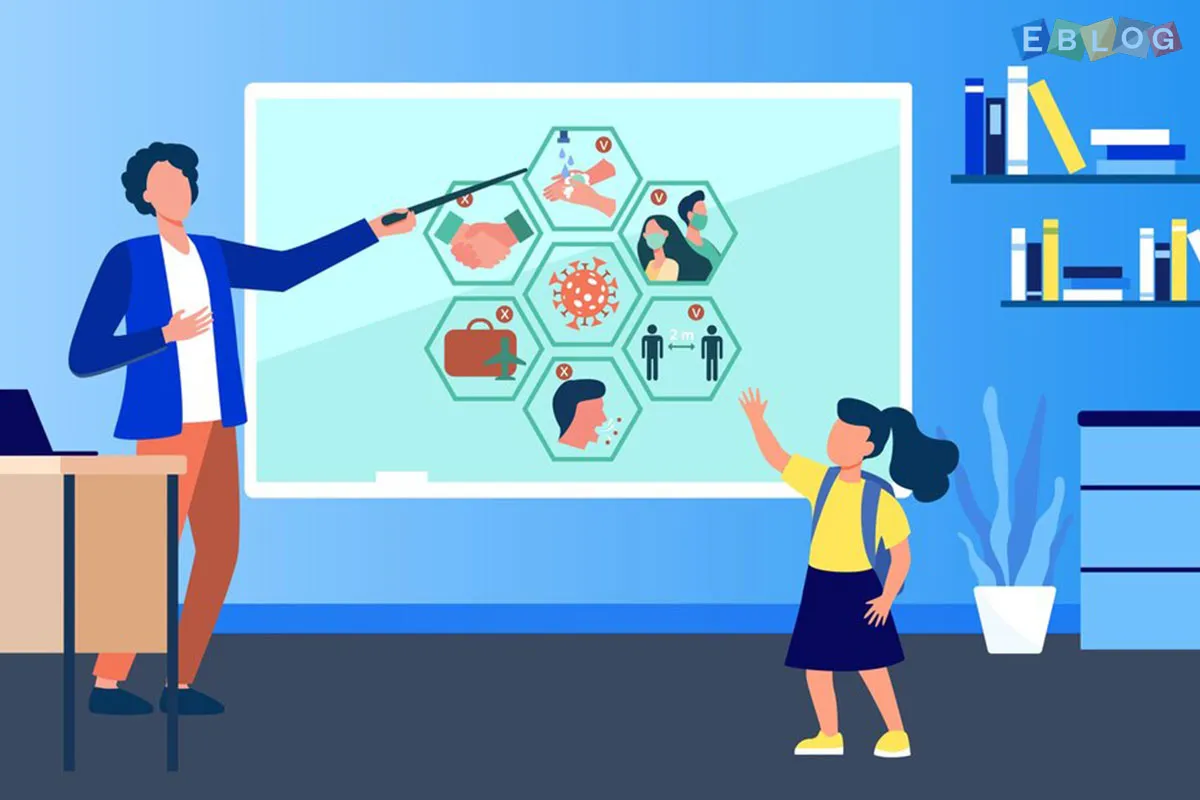
Navigating The Challenges Of Remote Education: Tips For Teachers And Students
- 06 Mar, 2024
- Education
- 706 Views
- 0 Comments
In recent times, remote education has become a prevalent mode of learning, presenting both teachers and students with a unique set of challenges. Whether due to the global pandemic or the growing prevalence of online courses, navigating remote education requires adaptability, resilience, and effective strategies. To facilitate a smooth transition to remote learning environments and maximize educational outcomes, here are some invaluable tips for teachers and students alike.
Tips for Teachers:
1. Foster Clear Communication: Establish transparent communication channels with students to provide clear instructions, updates, and support. Utilize platforms such as email, messaging apps, and virtual classrooms to maintain open lines of communication and address students' concerns promptly.
2. Embrace Technology: Familiarize yourself with educational technology tools and platforms that facilitate remote teaching, such as video conferencing software, learning management systems (LMS), and interactive whiteboards. Leverage these tools to engage students, deliver multimedia content, and facilitate collaborative activities.
3. Create Engaging Content: Design interactive and multimedia-rich learning materials to enhance student engagement and comprehension. Incorporate videos, animations, quizzes, and interactive exercises to cater to diverse learning styles and stimulate students' interest in the subject matter.
4. Promote Collaboration: Encourage collaborative learning experiences by organizing group projects, discussions, and peer-to-peer feedback sessions. Facilitate virtual breakout rooms, online forums, and collaborative documents to foster interaction and teamwork among students.
5. Provide Timely Feedback: Offer constructive feedback and assessment to students promptly to guide their learning progress. Utilize online grading tools, rubrics, and feedback templates to streamline the assessment process and provide personalized guidance to each student.
6. Cultivate a Supportive Environment: Create a supportive and inclusive learning environment where students feel valued, respected, and empowered to participate actively. Establish classroom norms, guidelines, and expectations to promote mutual respect, academic integrity, and positive behavior.
7. Offer Flexibility: Recognize the diverse needs and circumstances of students by offering flexible learning options and accommodations. Accommodate students' schedules, time zones, and technological constraints to ensure equitable access to educational resources and opportunities.
Tips for Students:
1. Establish a Routine: Create a consistent daily schedule that includes dedicated time for attending virtual classes, completing assignments, and studying independently. Establishing a routine helps maintain productivity, structure, and work-life balance in a remote learning environment.
2. Designate a Dedicated Workspace: Set up a designated study area free from distractions, where you can focus on learning without interruptions. Ensure your workspace is comfortable, well-lit, and equipped with essential study materials, technology, and ergonomic furniture.
3. Stay Organized: Use digital tools such as calendars, to-do lists, and task management apps to organize your assignments, deadlines, and study materials. Break down larger tasks into smaller, manageable steps, and prioritize your workload based on urgency and importance.
4. Engage Actively: Actively participate in virtual classes, discussions, and collaborative activities to enhance your understanding and retention of course material. Ask questions, seek clarification, and contribute to class discussions to deepen your learning and connect with peers.
5. Manage Your Time Effectively: Practice time management strategies such as the Pomodoro Technique or time blocking to maximize your productivity and focus. Allocate specific time slots for studying, breaks, and leisure activities, and avoid multitasking to maintain concentration and efficiency.
6. Seek Support When Needed: Reach out to your teachers, classmates, or support services for assistance if you encounter challenges or need clarification on course content. Utilize online resources, tutoring services, and academic support centers to enhance your learning and address any areas of difficulty.
7. Prioritize Self-Care: Take care of your physical and mental well-being by prioritizing self-care practices such as exercise, relaxation techniques, and adequate sleep. Establish boundaries between work and personal life to prevent burnout and maintain overall health and well-being.
By implementing these tips, both teachers and students can navigate the challenges of remote education effectively and optimize their learning experiences. With adaptability, resilience, and collaborative effort, remote education can become a rewarding journey for all involved parties.















Leave a Reply